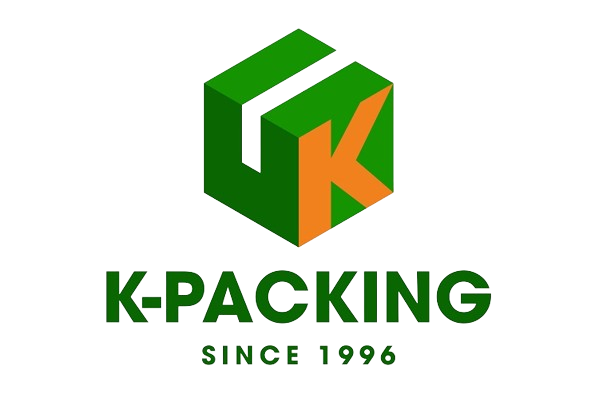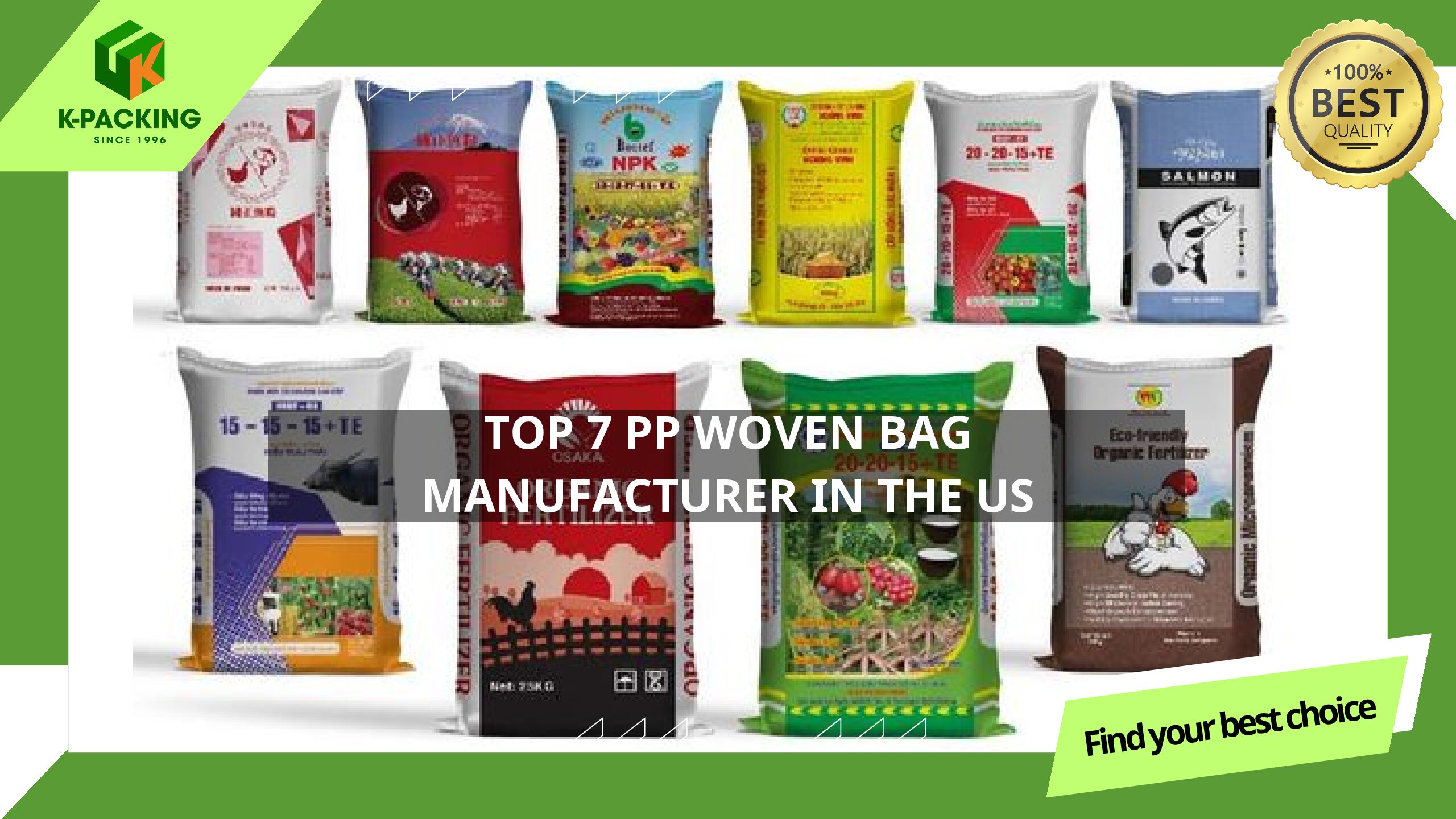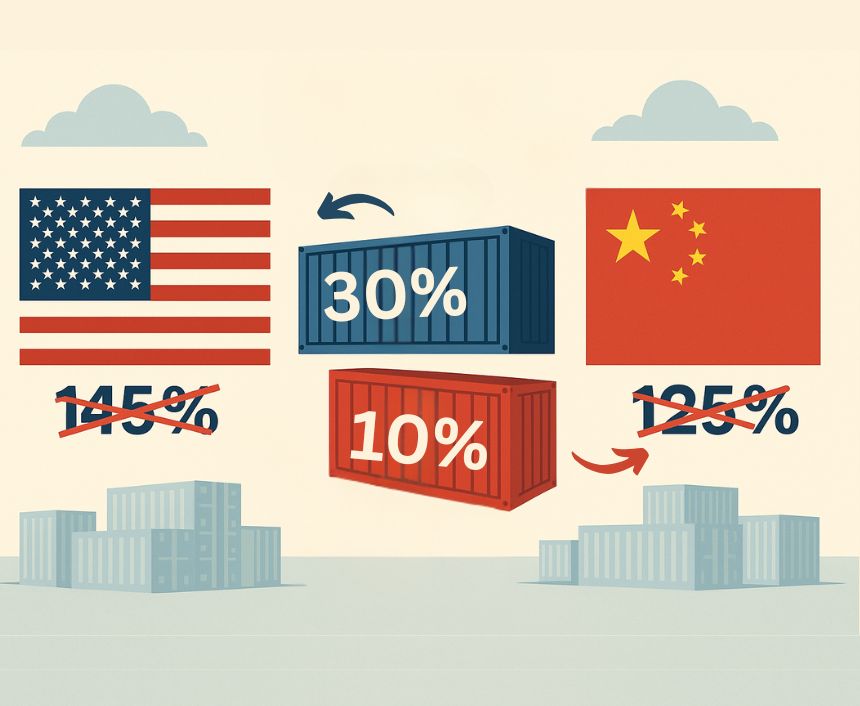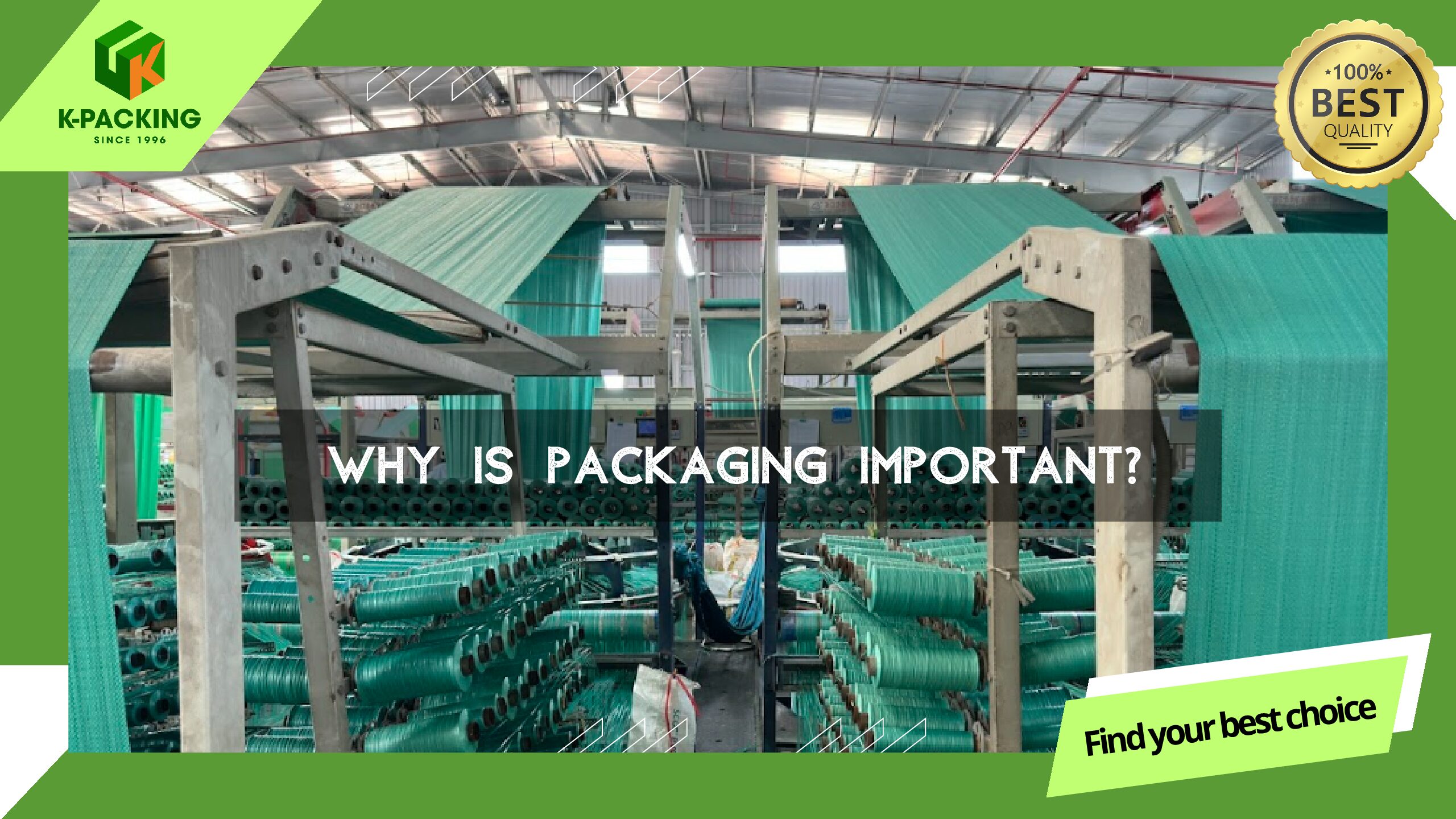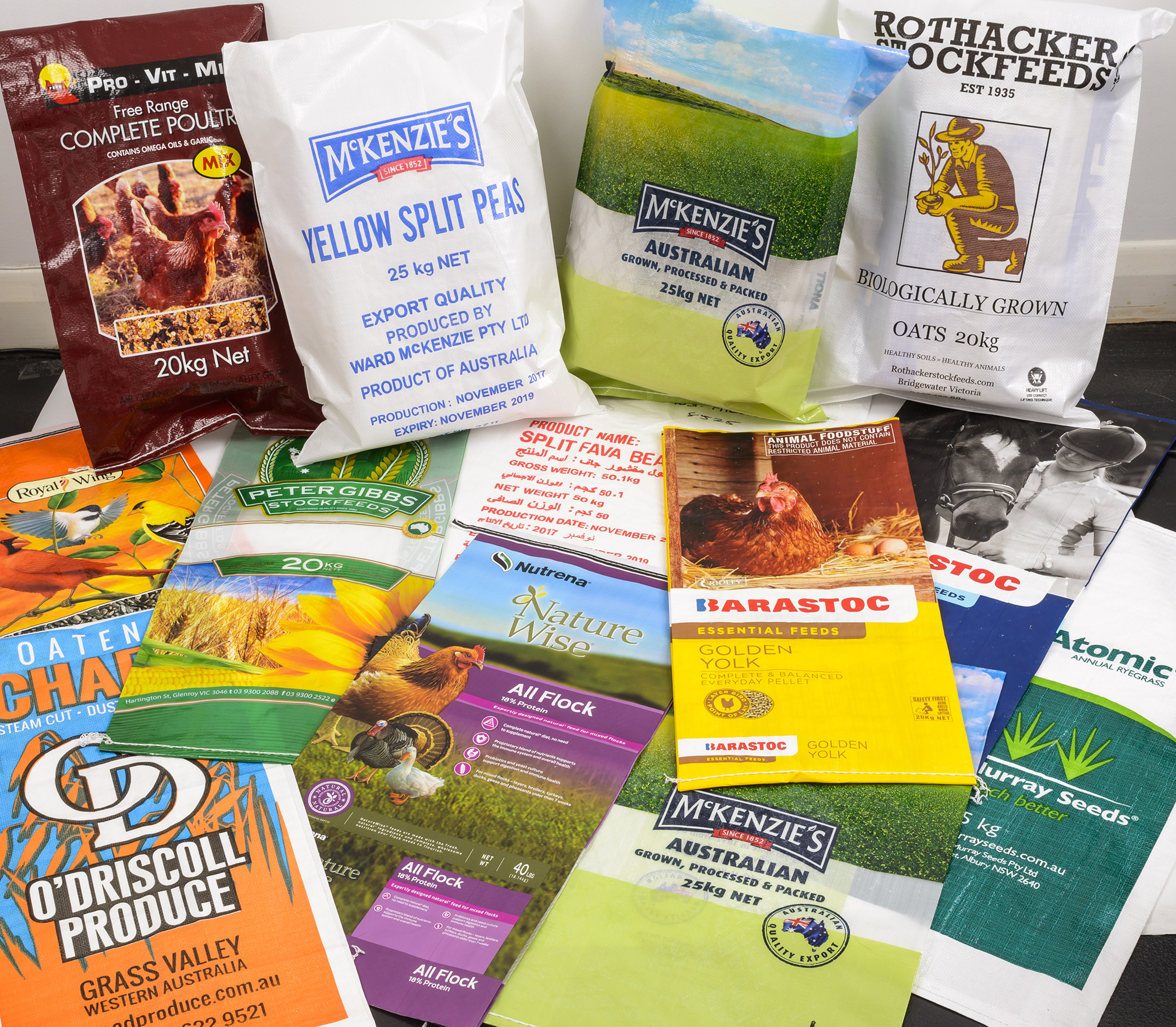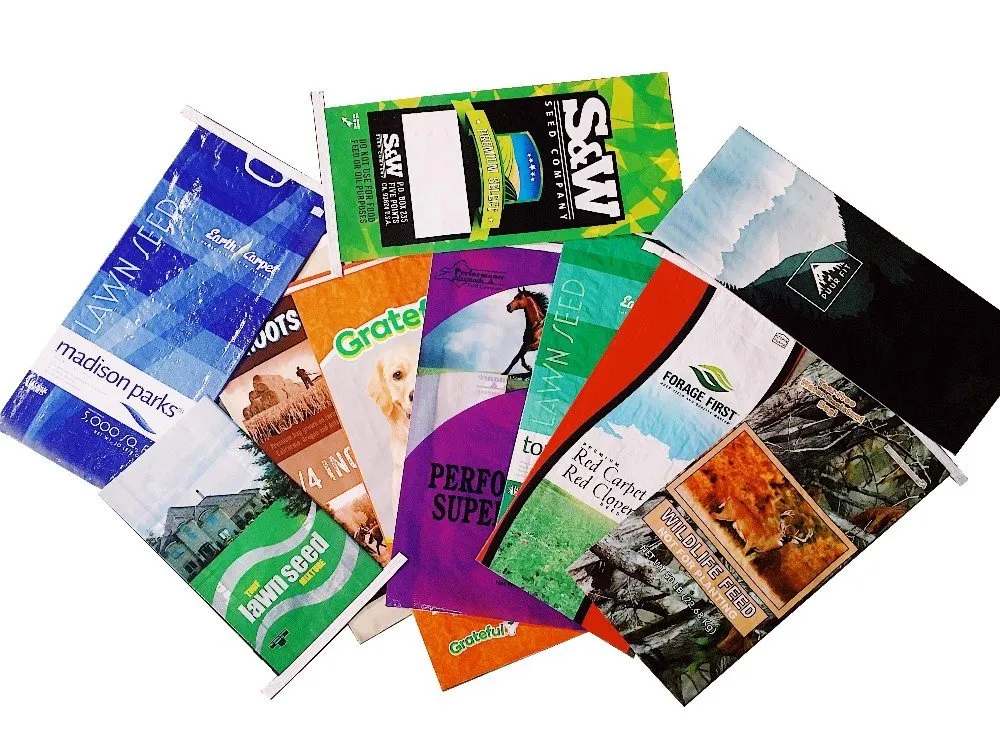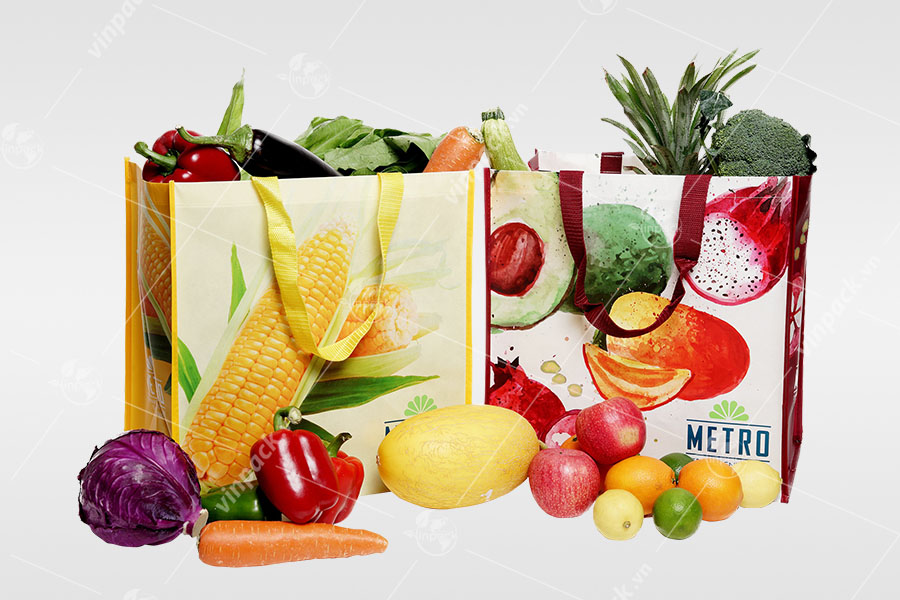In a world where freshness and convenience define how we live, cooler bags have become a daily essential – from weekend picnics and long road trips to food delivery and retail packaging. They promise to keep meals fresh, beverages cold, and groceries safe.
But how long can a cooler bag really keep food cold? And what’s the right way to use it for the best performance? In this guide, we’ll explore the science behind insulation, reveal what affects cooling time, and share practical tips to help you make the most of your cooler bag.
What are Cooler Bags made of?
A cooler bag is built from three specialized layers, each serving a unique role in maintaining temperature stability. Together, they form a compact yet highly efficient insulation system designed to preserve both cold and warm food.
The outer shell is usually made from durable, water-resistant fabrics such as Oxford cloth, RPET, or non-woven material. Oxford 600D is the most common choice for food delivery bags due to its abrasion resistance and waterproof coating. Eco-conscious brands often choose RPET – recycled polyester made from plastic bottles – offering similar strength with a sustainable appeal. For short-term promotions, non-woven fabric provides a low-cost option that is lightweight and easy to print on, though less durable.
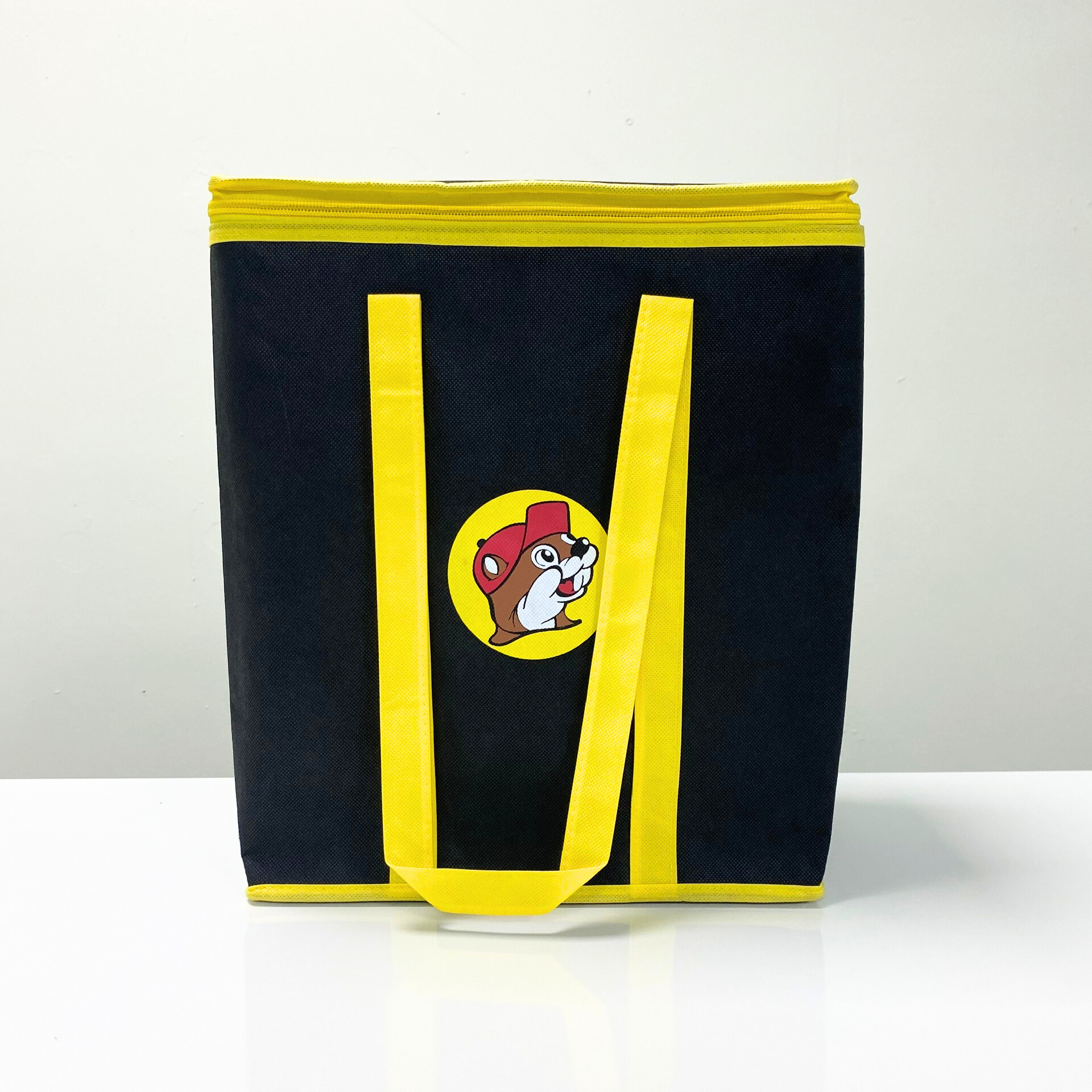
The insulation layer is the heart of the cooler bag. The most widely used material is EPE foam (Expanded Polyethylene), typically 2–8 mm thick, which contains closed-cell air pockets that slow down heat transfer. Higher-end models may use XPE or PU foam for better thermal retention and structural strength, making them ideal for extended cold storage or professional delivery.
Finally, the inner liner – the layer that comes in contact with food -is usually made of aluminum foil for its excellent heat reflection and ease of cleaning. Alternatives such as PEVA or TPU offer a softer touch, are food-safe, and provide superior waterproofing while maintaining flexibility.
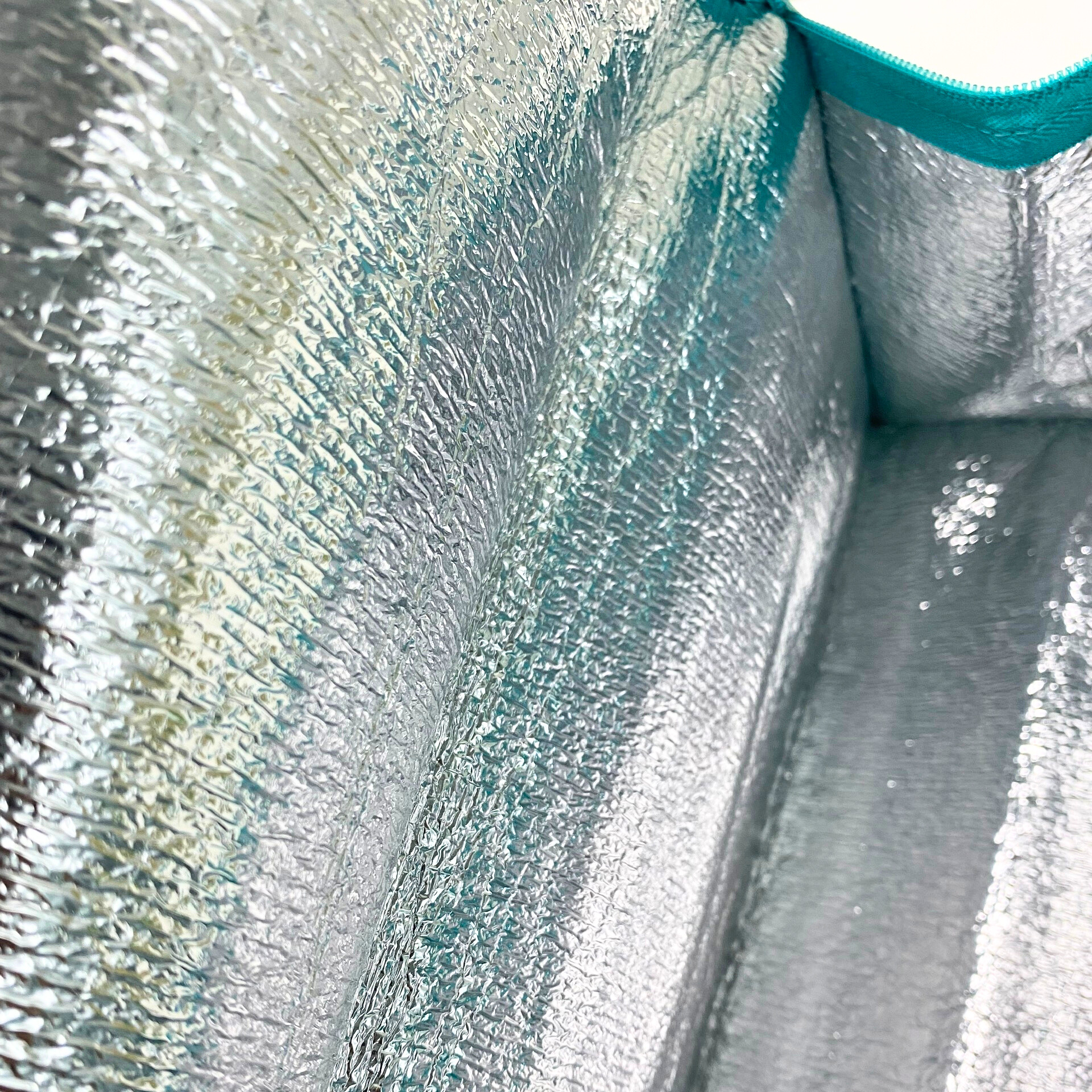
Can Cooler Bags keep food cold?
Yes, cooler bags effectively keep food cold – but they do not generate cold on their own. Instead, they work as a thermal barrier that slows heat exchange between the inside and outside environment. When pre-chilled food or ice packs are placed inside, the bag retains the cold for hours.
The bag minimizes all three types of heat transfer: conduction, convection, and radiation. The foam core reduces conduction by trapping air; the still air inside limits convection; and the metallic inner layer reflects radiant heat. This combination allows cooler bags to preserve low temperatures far longer than regular containers, especially if the bag is pre-cooled before use.
How long can Cooler Bags keep food cold?
The cooling duration varies depending on foam thickness, material quality, ambient temperature, and the amount of ice used. Under typical conditions, a soft cooler maintains low temperatures for about 4–6 hours, while premium models with thicker insulation can last up to 2–3 days. Heavy-duty coolers like YETI or Engel have been shown to preserve ice for as long as five days.
Field tests demonstrate that a YETI Flip 18 can maintain 0 °C (32 °F) for 16–24 hours and around 7 °C (45 °F) for up to 40 hours. Polystyrene foam coolers combined with multiple ice packs can hold temperatures between 2 °C and 7 °C for nearly a full day. Frequent opening, direct sunlight, or hot outdoor conditions can significantly shorten this duration.
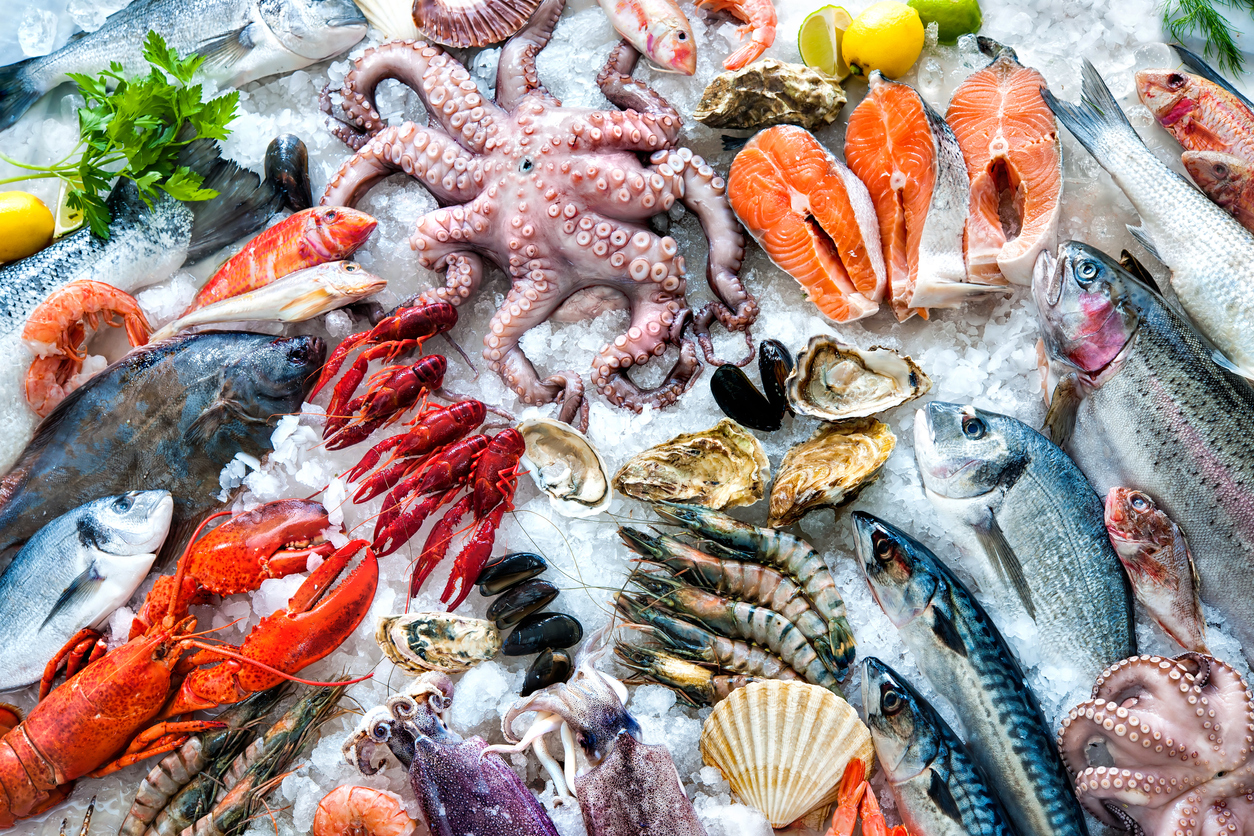
Can Cooler Bags keep food warm?
Cooler bags also keep food warm by applying the same insulation principles in reverse. The inner aluminum lining reflects heat inward, while the foam barrier slows down temperature loss to the outside air.
In normal use, a cooler bag can maintain food warmth for about two to three hours, and premium versions for up to six or eight hours. However, foods hotter than 80 °C (176 °F) should not be placed directly inside the bag, as extreme heat can damage materials such as TPU or aluminum. It’s best to use sealed containers, wrap them in a towel, and avoid long storage periods to prevent bacterial growth.
Are Cooler Bags waterproof?
Water resistance depends largely on the bag’s construction and fabric. Most modern cooler bags feature an outer layer coated with PU or PVC, which effectively repels rain, splashes, and light moisture. The inner liner – often aluminum, PEVA, or TPU – is also moisture-proof, ensuring easy cleaning and hygiene.
High-end models are designed to be fully waterproof, using heat-sealed seams instead of stitching, airtight zippers, and laminated TPU coatings. Some even meet IP66 standards, allowing short-term water immersion. However, most standard cooler bags are water-resistant, not completely watertight – meaning melted ice or excess liquid should be kept inside sealed pouches or containers.
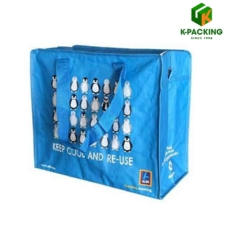
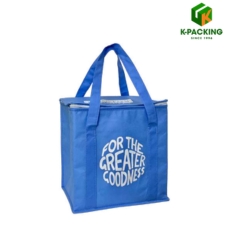
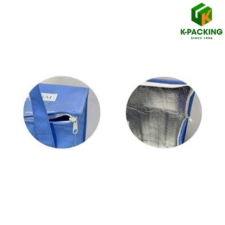
How to use Cooler Bags effectively
For best performance, the cooler bag should be pre-chilled before use. You can add ice or gel packs for a few hours beforehand or place the bag in the freezer if it fits. Food and beverages should also be pre-cooled to minimize internal temperature rise once sealed.
When packing, arrange ice or gel packs at the bottom, then layer food strategically: frozen or raw items first, followed by dairy and other perishables, and vegetables or ready-to-eat items at the top. Fill empty spaces to limit air circulation. During transport, keep the bag closed as much as possible since each opening releases cold air and accelerates warming.
After use, clean the bag immediately with warm water and mild soap. Allow it to dry completely before storage to prevent mold or odor. When stored in a cool, dry place, a high-quality cooler bag can maintain its performance for many years.
Where to buy cooler bags?
If you’re looking to purchase cooler bags – whether for business use, retail, or personal needs – it’s important to choose a reliable manufacturer that offers both quality and customization. Buying directly from producers not only ensures consistent quality but also allows you to tailor materials, designs, and branding to your specific purpose.
For restaurants, delivery services, and logistics companies, bulk purchasing is the most cost-effective option. Large orders significantly reduce per-unit costs, lower printing expenses, and maintain consistent standards across every batch. Minimum orders often start at around 200 pieces and can scale up to 50,000 or more depending on project size.
Each application calls for different materials. Food delivery bags usually use 600D Oxford fabric with 5 mm EPE foam and an aluminum lining for strong insulation. Retail or promotional bags often favor lightweight RPET with 3 mm EPE and PEVA lining for an eco-friendly touch. Cold-chain logistics operations require more robust builds like 900D Oxford and 8 mm insulation foam to ensure lasting temperature control.
Trusted manufacturers such as K-Packing supply cooler bags in various styles and can print logos, adjust fabric colors, and customize dimensions. All materials meet food-contact safety requirements, are BPA-free, and are rigorously tested for durability and insulation performance – ensuring every order delivers both function and brand value.
Conclusion
Cooler bags are versatile, practical, and increasingly essential for both personal and commercial use. Understanding their structure, insulation principles, and correct handling ensures maximum efficiency, food safety, and product longevity.
For business customers, choosing the right combination of materials and insulation thickness can make a significant difference in logistics efficiency and brand presentation.
📩 Get in touch with K-Packing today for expert consultation, free design support, and competitive wholesale pricing. Our team will help you choose the right materials, structure, and branding options to match your exact needs – from small retail batches to large-scale logistics and food delivery operations.
